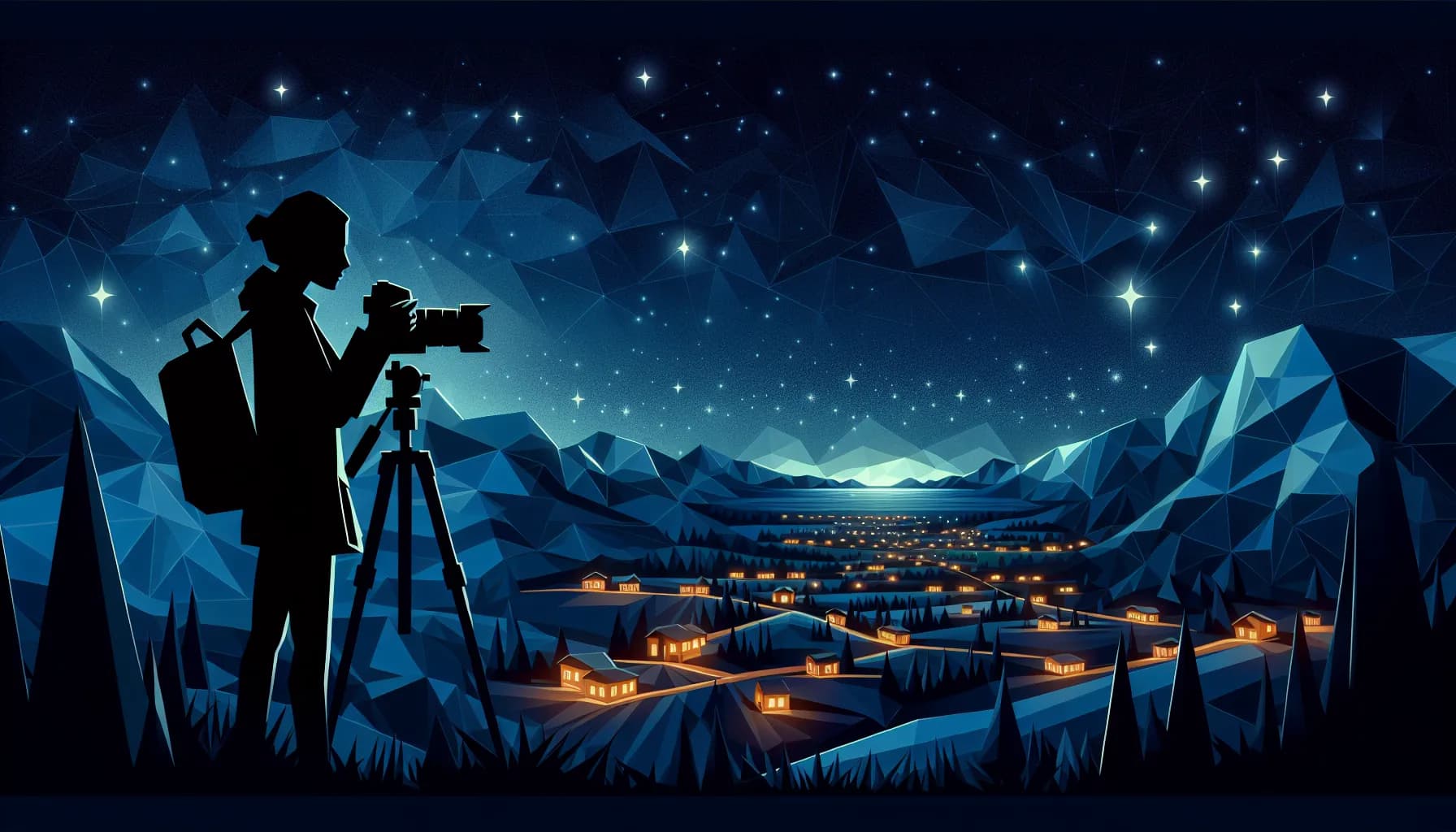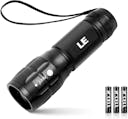Advanced Photography Techniques for Night and Low-Light Conditions
Creative Projects
Checklist

Photographer capturing the sparkling tranquility of a starlit mountain village
Night and low-light photography offers a canvas ripe for creativity only mastered through honing several advanced techniques and employing the right equipment. This checklist is a treasure trove of methods that elevate a photographer's ability to capture the enchanting essence of nighttime. Mastering long exposures, experimenting with wide apertures, and precise manual focus are just the beginnings of delving deep into the artistry of the dark.
As photographers play with light through techniques like light painting and capturing silhouettes, the need for specific equipment becomes inevitable. From sturdy tripods that ward off the blur of camera shakes to fast lenses that drink up every available drop of light, each piece is vital. Strategic use of high ISO settings, noise reduction, and leveraging RAW format further refine the photographer's toolkit, allowing them to manipulate the scarce light into breathtaking images.
Environmental considerations also guide the nocturnal photo journeys. Scouting locations by day to master the scene by night, considering the moon's phase, and understanding light pollution are all part of the intricate dance of nighttime photography. This guide doesn’t just prepare photographers to take photos; it prepares them to make art in the dark.
